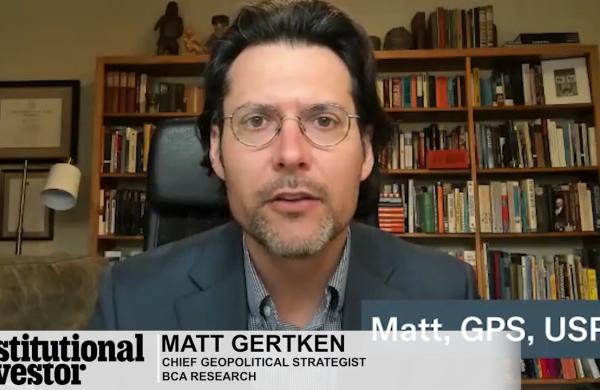California’s public pension liabilities may exceed five times its annual tax revenue within two years unless lawmakers rein in benefits, according a new report, Addressing California's Pension Shortfalls: The Role of Demographics in Designing Solutions, from the Milken Institute. To retain their promises to retirees, CalPERS, CalSTRS and the University of California Retirement System may have combined liabilities of over 5.5 times the state’s annual tax revenue by fiscal 2012.
Levies are estimated to touch about $89 billion in the year that began July 1. The Milken report recommends that California require public workers to contribute more to their pension funds and to retire later. It also suggests that California should shift to a ‘risk-sharing’ retirement plan.
Some of the key findings in the report include:
- By around 2012 or 2013, the three major state pensions' obligations will be more than five times as large as total state tax revenue.
- Not only will California's growing senior population depend on Medi-Cal and other state services, but public school enrollment is likely to rise in the coming years. The state can ill afford to fund pensions by cutting back on these services.
- In 2009, the pension liability came out to $3,000 per working-age adult in the state. By 2014, it will triple to over $10,000 per working-age Californian.
- Raising employee contributions alone will be less effective over time as the ratio of actively contributing members to benefit recipients continues to decrease.
- Currently, the average state employee contributes to the system for 25 years, but will receive benefits for 26 years -- and the number of benefit-receiving years is increasing as longevity improves.
To curtail the growth of unfunded liabilities, the report offers two key recommendations:
- Raise the retirement age and simultaneously increase employee contributions: Delaying retirement improves the ratio between the number of years state workers spend contributing to their pensions vs. the years they spend receiving benefits. But since this change alone results in more years of service and a higher final year's salary -- both of which factor into the retirement formula -- it must be undertaken in tandem with raising workers' contributions.
- Shift to a risk-sharing plan: The current system provides public workers a guaranteed benefit regardless of the pension funds' investment performance -- and taxpayers are on the hook if returns fall short. California will eventually need to switch to a hybrid plan in which a portion of the benefit is guaranteed and the rest is subject to market risk, as with a 401(k). This will require a significant shift in thinking about the public sector's entitlement to a risk-free pension.
The full report is available for download at www.milkeninstitute.org.
Click here for additional coverage from Marketwire.





